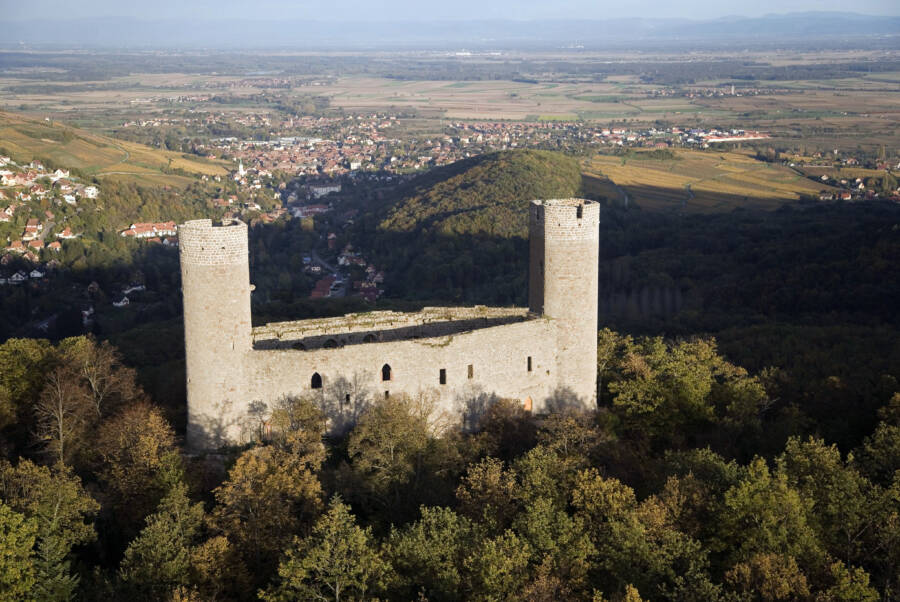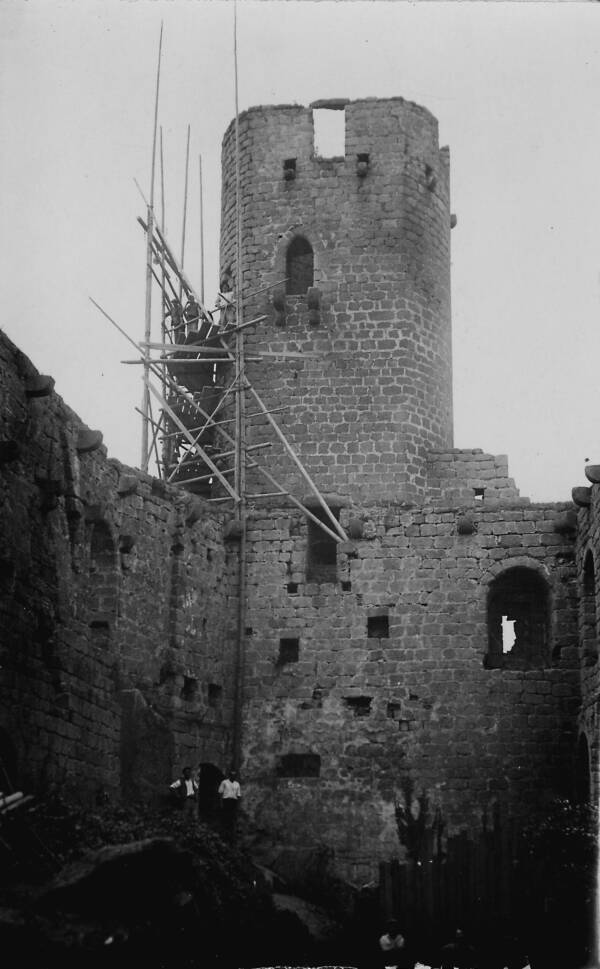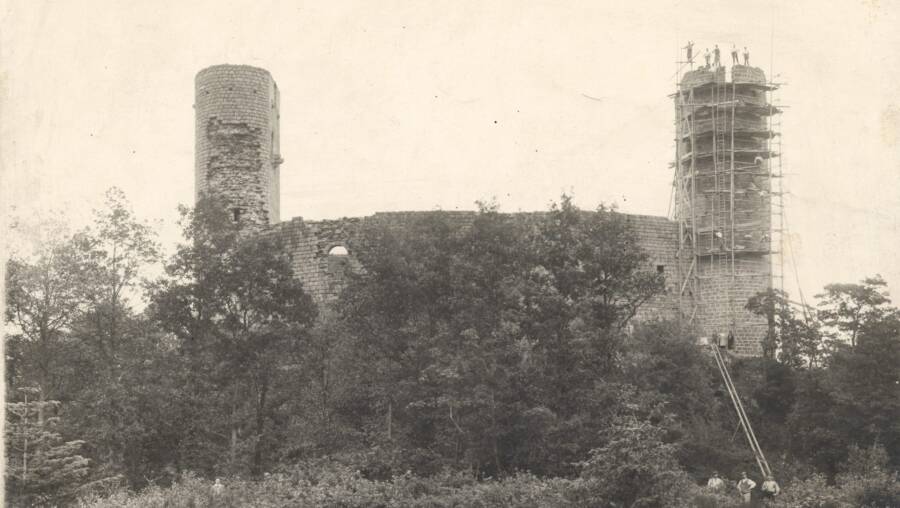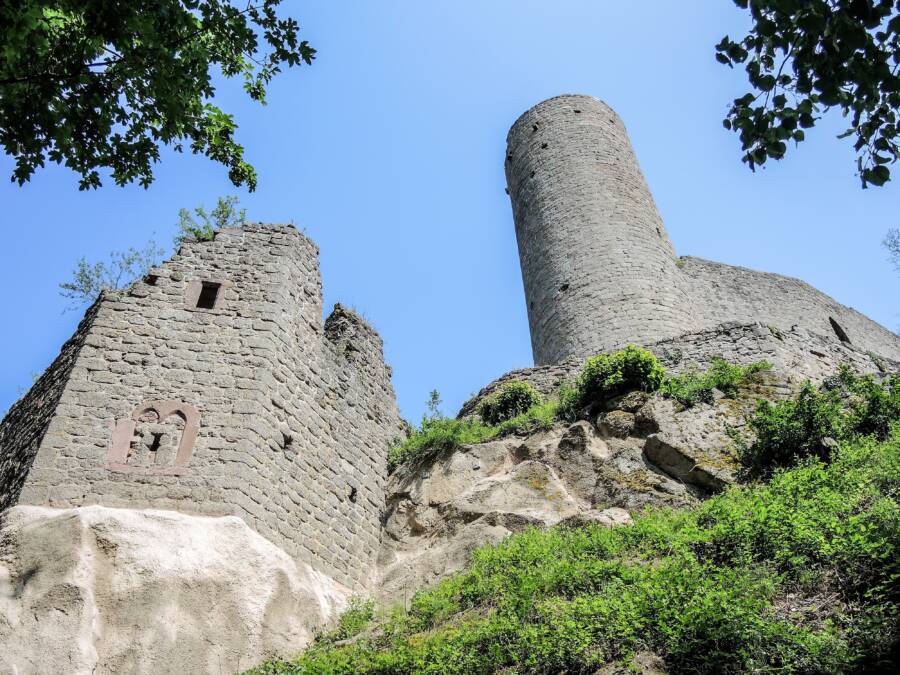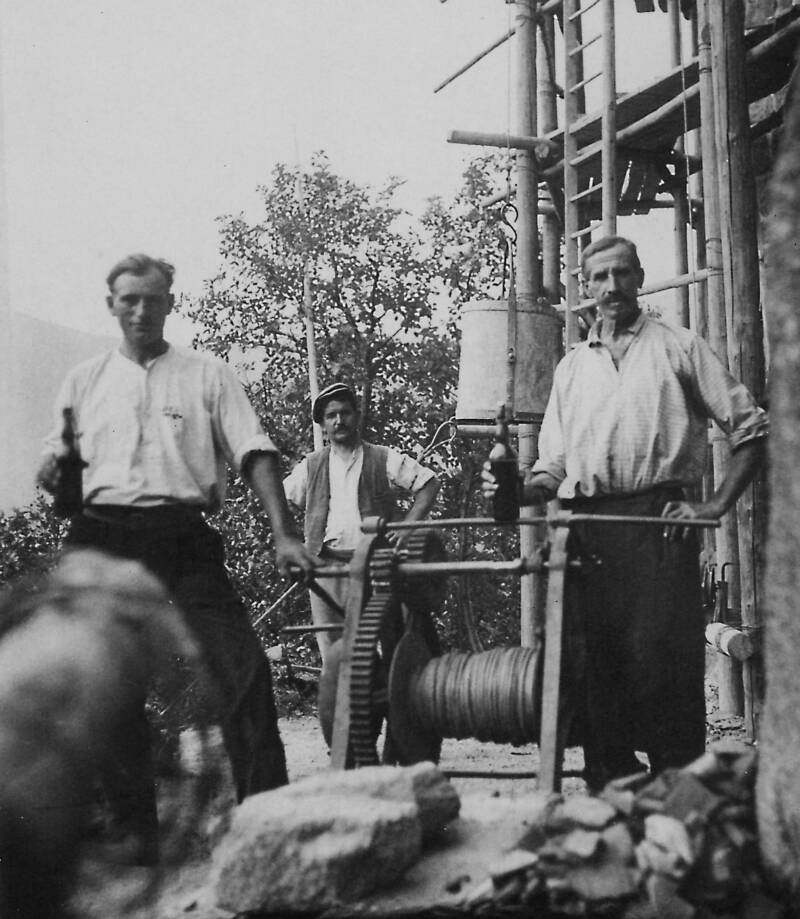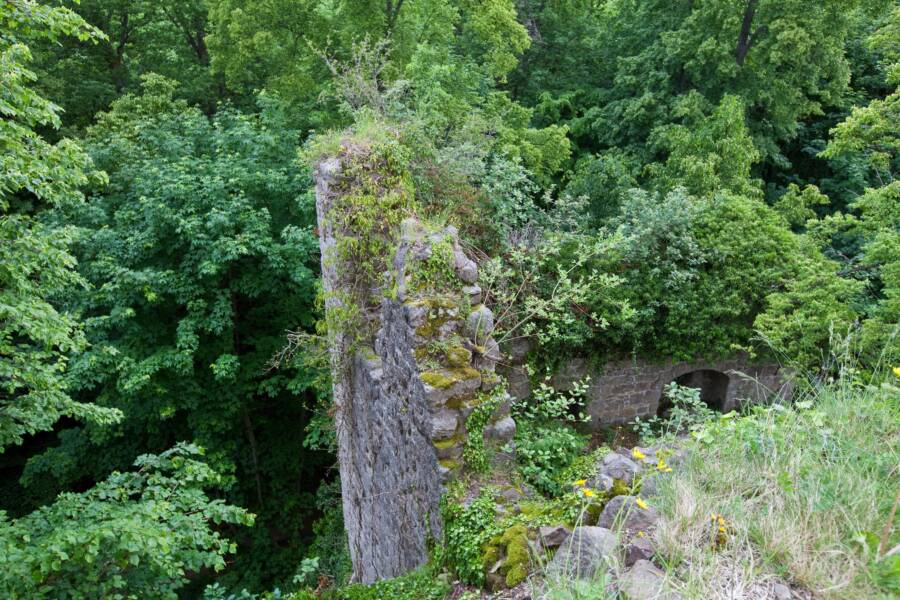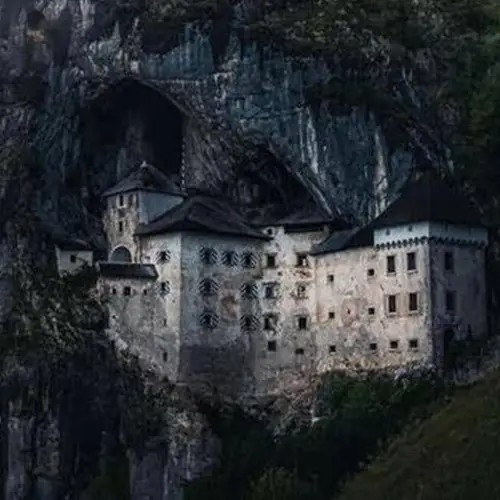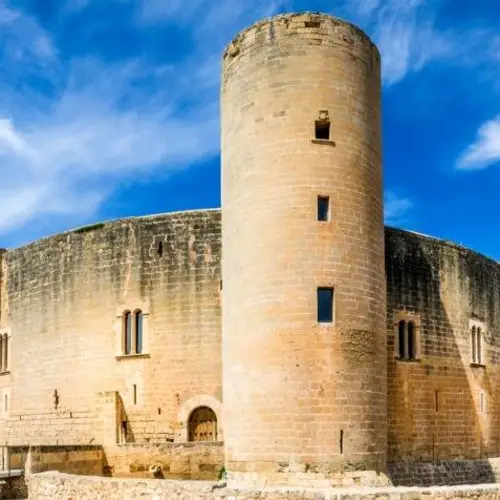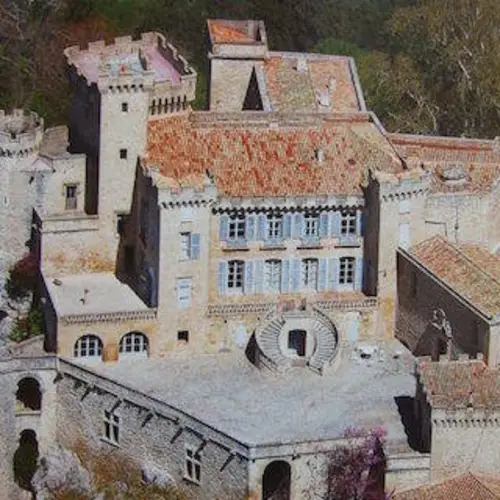Built 600 years ago, the ruined medieval castle still stands in the Bas-Rhin département of France today — in all its crumbling granite beauty.
For those enamored by European history and the Middle Ages, the Alsace region in northeastern France holds upward of 500 castles to view and explore. While most of them lie in ruin, these crumbling walls of yore continue to speak volumes about the past. Such is the case for the Château d'Andlau in the commune of Andlau in Bas-Rhin.
Otherwise known as Haut-Andlau, the famed castle was built in the 13th century. With its unique silhouette and two towers piercing the sky, the Château d'Andlau is a distinct landmark and impossible to miss. From foreign occupation and looting to deviant scheming beyond the walls, the Château d'Andlau is truly historic.
The Origins Of Château D'Andlau
Historians have dated the construction of Château d'Andlau to somewhere between 1246 and 1264 A.D. While a more precise date remains unclear, the materials used to build the castle are still in local supply. Situated on a hilltop at about 1466 feet, it sits atop an outcrop of granite — from which its bricks were cut.
Constructed by Eberhard d'Andlau, the castle was positioned with more than scenic views of the valleys below in mind. These forts didn't merely connote strength or power, but protected the lords who wielded it within. D'Andlau thus used the hilly topography to his advantage by securing an ideal defensive position.
Many of the other contemporary castles in the region differed by being constructed with softer sandstone. That wasn't the only notable difference here, however, as Château d'Andlau was designed to boast two towers — rather than the traditional one tower and one donjon, or innermost keep of the castle.
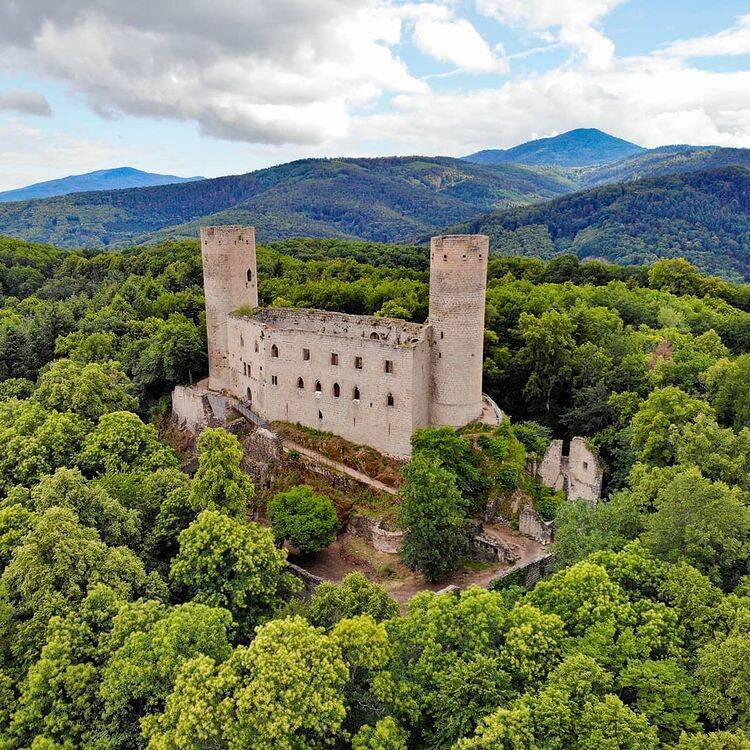
e_combelles/InstagramThe castle has now stood for nearly 800 years.
While the castle was merely one of hundreds once littering the Vosges mountain range of Eastern France, not all of them weathered quite as many historic incidents as the Château d'Andlau.
Strife And Occupations At Château D'Andlau
The very first recorded mention of the fort dates to 1274 A.D., while the first struggle with outside entities came in 1438. It was then that troops from the nearby commune of Obernai seized the castle overnight. Their purpose was not to claim it as their own, but to capture a scribe named Thenie Lamprecht. He had taken up residence at the château and thereby violated his oath to the authorities of Obernai of never taking up service elsewhere.
The Château d'Andlau would only endure more trouble in the 17th century as a result of the Thirty Years' War. Considered one of the most destructive conflicts in European history, it spanned from 1618 to 1648 and saw the castle occupied by both Swedish and Strasbourg troops.
Before the castle could enter the modern era, it would be looted by the troops of François de Blanchefort de Créquy. A nobleman, he was nonetheless a lifelong soldier. Promoted to Marshall in 1668, he found himself pillaging the château in 1678 during Louis XIV's reintegration of Alsace into France.
It was nearly a century later, however, that the Château D'Andlau actually fell into ruin. The castle nearly made it out of the French Revolution between 1789 and 1799 intact. Unfortunately, it became state property during this time, and was sold in 1796 to a private owner. He not only dismantled it, but sold off parts at will.
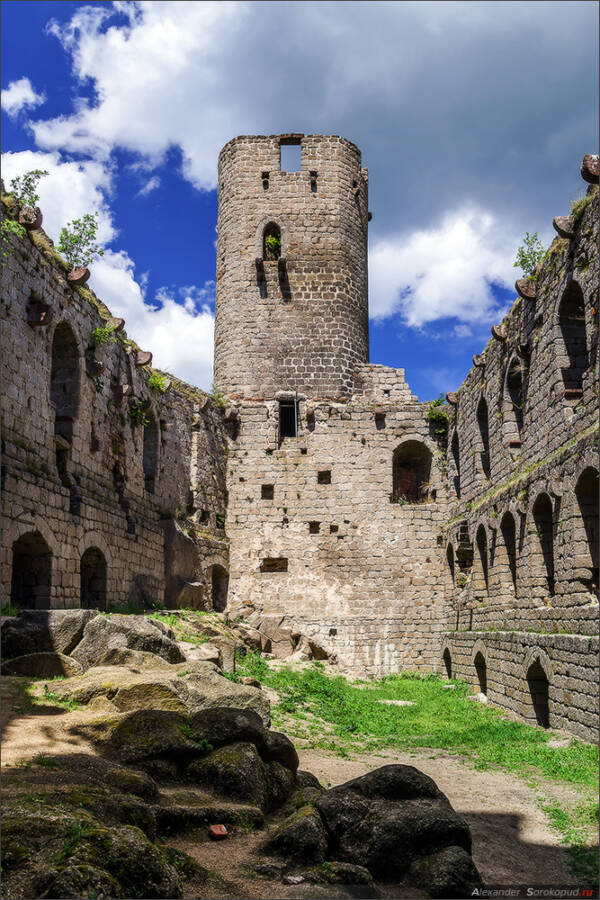
Chateau D'AndlauThe castle's first restoration efforts began in 1818.
With a variety of roofing, floors, stones, and woodwork gone forever, the castle was truly in dire straits. Fortunately, the count of Andlau salvaged the fortress in 1818 by purchasing it outright and commencing restoration. With his heirs continuing the effort in 1859, it was largely restored into what we see today.
Despite the castle being listed as a Historic Monument in 1926, however, one of its walls collapsed in 1998. It was two years later the newly formed "Friends of the Castle of Andlau" association was launched to renew restoration efforts — with the site serving as a tourist destination, seminar, and summer event venue today.
After learning about the Château d'Andlau in 25 breathtaking images, explore Caerlaverock Castle's 800 years of Scottish history. Then, take a look at 27 stunning photos of McDermott's Castle in Ireland.
